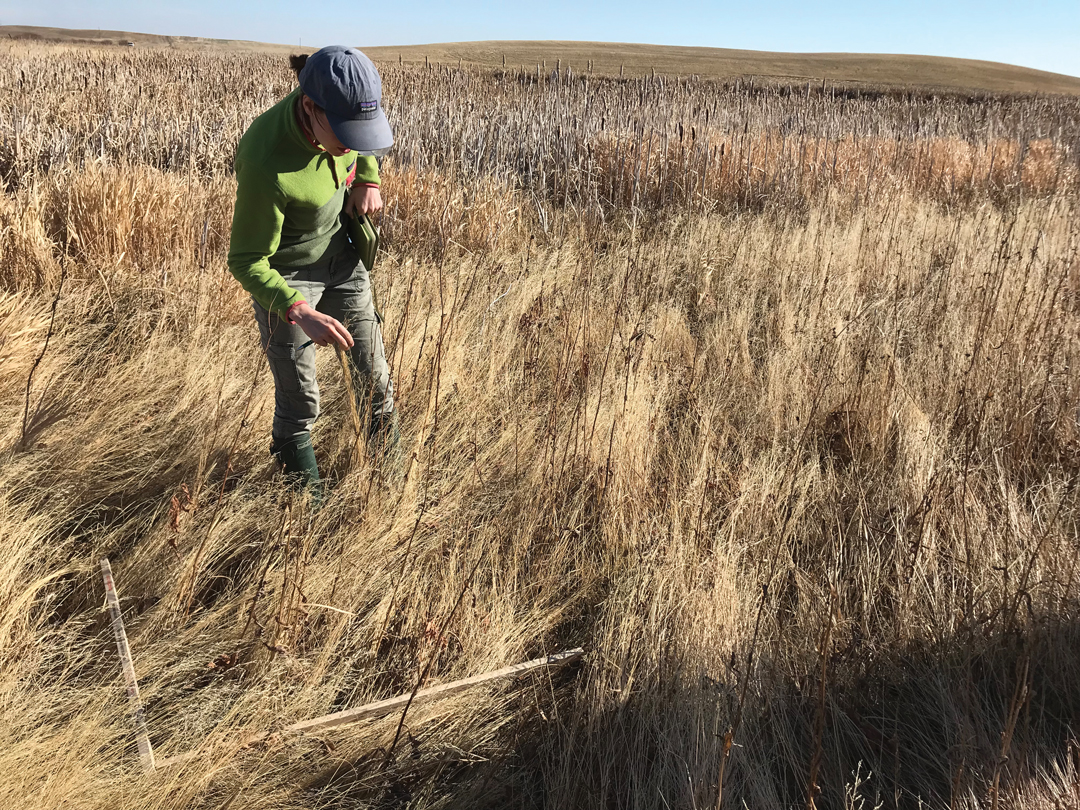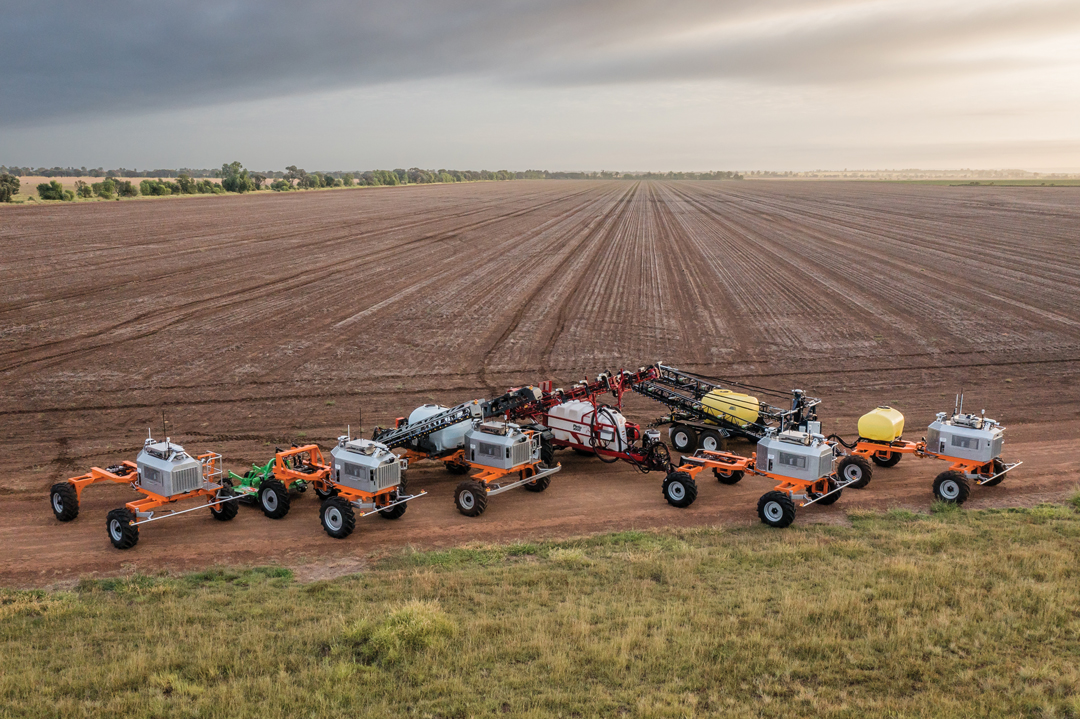A QUESTION OF CONFIDENCE
BY NEIL TOWNSEND
Grain and oilseed markets have not been boring in 2022/23. In the run-up to spring seeding, the war in Ukraine sparked substantial price increases. Simultaneously, inflation sprang from the embers of the COVID lockdowns and accompanying public policy. Already vulnerable populations faced increased concern about food shortages. Input costs soared due to logistical problems and supply concerns.
Due to the drought of 2021, there was little grain to market by spring 2022. Farmers were somewhat reluctant to advance sales due to uncertainty around markets and production potential. They worried input costs would be difficult to cover and inputs in short supply.
Typically, farmers market the crop they have and the one they are about to grow. The business end of farming is somewhat cyclical and since we tend to work within these cycles when marketing grain, marketing capacity is unlikely to change substantially for most farmers. Within these cycles, margins will continue to be gained or lost.
The war in Ukraine has continued and inflationary trends grew through the spring, but by fall 2022, these anxieties waned. In fact, wheat prices reverted to pre-war levels. Input costs were higher, but concern about physical availability diminished.
A relatively successful production sequence in 2022 means farmers still have marketing decisions to make in the remainder of 2022/23. Now, they are preparing for 2023 seeding and the subsequent 2023/24 marketing year. The war continues and inflation remains relatively untamed. What decisions should farmers make?
Typically, western Canadian crops have an 18-month marketing window. With the commencement of harvest on Aug. 1, farmers have roughly six months prior to the start of the marketing year in which to find the best forward contracting prices for a particular commodity. Any portion of the crop unpriced after this date will be sold throughout the marketing year at the mercy of current market forces. Will farmers be more reluctant to carry a higher percentage of uncontracted crop into the current marketing year? Each farmer has a unique risk profile upon which to base such decisions.
Farmers are overwhelmingly reluctant to carry any portion of their crop forward into a second marketing year and there is no indication they are stretching their standard 18-month windows.
Forward pricing on inputs such as diesel, fertilizer and chemicals will remain an option for farmers. In certain circumstances, if prices seem favourable, farmers can purchase forward input needs well in advance of utilization. However, price direction often changes—as the saying goes, the cure for high prices is high prices. Risk management dictates incremental buying of inputs as it does the incremental selling of the crop. The purchase of inputs ahead of potential shortage of supply is the exception to this rule.
In the end, the market corrected. Yes, commodity prices were somewhat higher, but also maintained in a relatively high channel. Farmers are confident they can purchase inputs at a workable price and receive positive return on investment or break even at worst.
However, there’s a bigger question. Will farmers view current prices as justifying an increase in the percentage of the crop they sell forward? The current market is inverted to today’s prices. This means lower prices are potentially on the horizon. It also encourages advancement of sales to prevent further slippage. But with fresh memories of drought and elevated uncertainty in markets, the decision to make larger-than-normal sales is not easy. More likely, farmers will sell roughly the usual 30 per cent of their expected crop prior to harvest.
Neil Townsend is chief market analyst with FarmLink Marketing Solutions.







Comments